 Keynote: TRIZ for Science: Keynote: TRIZ for Science:
|

 
|
Evolution of Scientific Instruments & Methodology of Inventiveness in Applications to Science |
Andrei A. Seryi (Director, John Adams Institute for Accelerator Science, University of Oxford, UK)
Keynote Lecture presented at ETRIA TRIZ Future Conference (TFC 2017), on Oct. 5, 2017 at Lappeenranta, Finland |
Introduction and Japanese translation by Toru Nakagawa (OGU) |
| Posted on Oct. 17, 2017 |
For going back to Japanese pages, press  buttons.
buttons.
Editor's Note (Toru Nakagawa, Oct. 12, 2017)
This is the impressive Keynote Lecture by Professor Andrei Seryi presented at ETRIA TRIZ Future Conference 2017 last week. Professor Seryi has kindly given me a permission of posting his presentation slides (110 pages in PDF) in the present Web site "TRIZ Home Page in Japan". Considering its big volume, I made this HTML page with section headers and GIF images for easier overall understanding. You can refer the original PDF file  to see clear and detailed figures.
to see clear and detailed figures.
In the Japanese page  , I am posting my Editor's Note and Table of Contents in Japanese, and showing the English slides with Japanese section headers.
, I am posting my Editor's Note and Table of Contents in Japanese, and showing the English slides with Japanese section headers.
(Note: ETRIA is working for publishing the TFC2017 papers in a book/journal from some publisher, thus stopping the authors to post their papers/slides at any Web site. Keynote lectures, however, are not included in the publication plan and hence are allowed for posting at a Web site by the author's decision.)
Professor Andrei Seryi  was born near Novosibirsk, USSR. While his childhood, he enjoyed reading sci-fi (SF) and invention quiz in magazines, some of which were written by Henry Altov, i.e. Mr. Genrikh Altshuller, the originator of TRIZ. He graduated Novosibirsk State University (NSU) Physics Department in 1986 and got Dr. Sci. in Physics. He worked at Budker Institute of Nuclear Physics (Russia, 1982-1997), Saclay Nuclear Research Center (near Paris), Fermi lab (Chicago), Stanford Linear Accelerator Center (1999-2010), and University of Oxford (2010 -), in the fields of high-energy physics.
was born near Novosibirsk, USSR. While his childhood, he enjoyed reading sci-fi (SF) and invention quiz in magazines, some of which were written by Henry Altov, i.e. Mr. Genrikh Altshuller, the originator of TRIZ. He graduated Novosibirsk State University (NSU) Physics Department in 1986 and got Dr. Sci. in Physics. He worked at Budker Institute of Nuclear Physics (Russia, 1982-1997), Saclay Nuclear Research Center (near Paris), Fermi lab (Chicago), Stanford Linear Accelerator Center (1999-2010), and University of Oxford (2010 -), in the fields of high-energy physics.
At Oxford, as Director of John Adams Institute for Accelerator Science  , he started to consider more seriously about the usefulness of high-energy physics and to teach creativity methods in scientific research. So he met TRIZ again and found its depth. In 2015 he published a book "Unifying Physics of Accelerators, Lasers and Plasma"
, he started to consider more seriously about the usefulness of high-energy physics and to teach creativity methods in scientific research. So he met TRIZ again and found its depth. In 2015 he published a book "Unifying Physics of Accelerators, Lasers and Plasma"  , in which he unified all his work and insights in these three fields of physics. The Keynote presented here is a compact overview of his thoughts, for people who are working or interested in science in general.
, in which he unified all his work and insights in these three fields of physics. The Keynote presented here is a compact overview of his thoughts, for people who are working or interested in science in general.
The present Keynote contains detailed description of scientific instruments for cutting-edge physics. You may feel difficult to understand the background physics, so do I. However, the author shows the essential points of discussion clearly and plainly. E.g., be careful in the prediction of future, evaluate different research directions not only for fundamental knowledge but also for usefulness and the costs.
Author's insights of using TRIZ are also deep. In addition to some easy explanations of 40 Inventive Principles, the IP 35 'Parameter change' is especially well explained. Instead of simple parameters like volume V and surface area S, the ratio V/S inspires us much while changing the parameter value. He talks about changing the framework and about Gauss' divergence theorem in relation to 'Parameter change' principle.
The concept of 'Anti-system' may be unfamiliar, too. When we have Cloud chamber (for detecting a high-energy particle by its formation of liquid drops in the super-cooled moisture air), we may think of its Anti-system as Bubble chamber (for detecting a high-energy particle by its formation of gaseous bubbles in the gas-saturated liquid).
'Transition to super-system' is also an important TRIZ concept in understanding the evolution of systems. New methods/tools are implemented as a system by assembling many components, and then they become useful only when working as a part of larger systems (i.e., super-system) for social, business, technical, etc. purposes.
"TRIZ can be very useful for science,
as an inspiration, as a very efficient toolbox, as a way to connect different disciplines, as a new way to see the world" -- This is the conclusion by Professor Seryi. It is a testimonial by a leading scientist who has achieved a lot in physics and mastered TRIZ. We wish TRIZ be understood widely and used in practice in the field of science, by many researchers and engineers. -- I am very much grateful for this excellent Keynote and the permission of posting for Professor Andrei Seryi, ETRIA Board, and TFC2017 Organizers.
At the Keynote lecture, I asked a question: "Thank you very much for the impressive lecture. You talk about 'TRIZ for Science', and you have shown many examples and insights of evolutions of scientific instruments from viewpoints of TRIZ. Since designing and building instruments for science are engineering in its essence, it is natural to be supported by TRIZ having its origin in engineering. So TRIZ can well support science, in the viewpoint of 'scientific revolutions are tool-driven'. At the start of your lecture you mentioned another view 'scientific revolutions are concept-driven'. I feel some of the insights you talked in the present lecture are somewhat related to the concept-driven nature. What do you think about possibilities for TRIZ to contribute to science in the concept-driven way?"
-- This is an open question at moment. I wish to find some good references by TRIZ thinkers and to think further. (Note: Please refer to the page "Do We Have Any Methodology of Creative Research in Academia ? Can CrePS (or the Six-box Scheme) Contribute to It ?"  , whic contains a discussion by a senior professor and Nakagawa, Aug. 2016).
, whic contains a discussion by a senior professor and Nakagawa, Aug. 2016).
Table of Contents of the Slides (prepared by Toru Nakagawa)
Title: Evolution of Scientific Instruments & Methodology of Inventiveness in Applications to Science (Andrei A. Seryi)
1. Introduction
2017 Nobel Prize in Physics
What drives scientific revolution? -- Tool-driven science
Prediction of future and science -- Be careful!
Prediction of future and science --Needs methodology
2. Evolution of scientific instruments --Can we see some patterns and principles of evolution?
Motives to look at scientific instruments from an angle of TRIZ.
Two scientific instruments for high-energy physics
Stanford e+e- Linear Collider (SLC)
LIGO (Laser Interferometer Gravitational-Wave Observatory) -- Requirements for extremely-high sensitivity
Requirements for extremely-high stability and sensitivity
"Nested dolls" (or Nesting) principle for achieving CLIC stability and LIGO sensitivity
"Nested dolls" principle appearing in poetry and science-fiction poetry
3. Accelerators for Science and Society
Position of accelerators in science and society
Cloud chamber and Bubble chamber -- An example of system and anti-system
Focusing in accelerators -- Another example of system and anti-system
(Weak focusing accelerator; Weak and strong focusing; Strong focusing )
Stimulated Emission Depletion Microscopy (STED) (Chemistry Nobel Prize 2014) -- An example of 'Nested dolls' and 'system and anti-system'
Interaction region of linear collider -- Cancelling its external field (another example of 'Nested dolls' and 'system and anti-system')
4. How to invent --- TRIZ (Theory of Inventive Problem Solving)
Brief introduction to TRIZ
Can TRIZ be used in science? -- Yes, very successfully, but some comments:
TRIZ for science -- A book as a trial of creating TRIZ for science
5. 40 Inventive Principles of TRIZ -- Illustrative examples in accelerator science
Brief introduction
IP 1. Segmentation -- In multi-leaf steel collimator
IP 3. Local quality -- In Nb coated copper cavity
IP 8. Anti-force (<= Anti-weight) -- Heating of plasma with neutral beams
IP 18. Oscillations and resonances -- Stochastic cooling and optical stochastic cooling
IP 20. Continuity of useful action -- Top off injection
IP 21. Skipping -- Crossing transition energy with gamma-t jump technique
IP 26. Copying -- Synchrotron radiation profile monitor
IP 34. Discarding and recovering -- Semiconductor saturable absorber mirror (SESAM)
IP 35. Parameter changes -- Useful very widely and in its deep meaning
(Parameter change of the ratio volume/surface area; Parameter change of V/S may remind of fundamental symmetries in physics, i.e. Gauss divergence theorem; Parameter changes may include change of the reference frame)
6. Colliders and Principles of TRIZ
Nobel prize in physics 2013: Discovery of Higgs boson -- Higgs and superconductivity (The same problems and solutions)
Evolution of accelerators -- A rough overview
The art of estimations -- Missing important techniques in inventing scientific instruments
Evolution of accelerators -- Consider the costs with the increased size of instruments
Evolution of neutrino experiments
Evolution of gravitational wave detectors
Can next big conventional collider be built?
Can the next collider be based on plasma acceleration? -- IP 27. Cheap short-living objects
7. Further evolution of light sources
Metric for evaluating the importance of different directions of research -- Fundamental knowledge vs usefulness
Synchrotron radiation (SR) light sources -- Usefulness
Imaging with laser-plasma accelerated beams
Coherent synchrotron radiation source (Free Electron Laser (FEL))
Further evolution of light sources -- TRIZ general laws of evolution (Transition to a super-system)
8. Conclusion -- TRIZ can be very useful for science
 Presentation Slides (in HTML with section titles and images) ==> PDF (Seryi)
Presentation Slides (in HTML with section titles and images) ==> PDF (Seryi)  (12.7 MB, 112 pages)
(12.7 MB, 112 pages)
Evolution of scientific instruments & methodology of inventiveness in applications to science
Andrei A. Seryi (Director, John Adams Institute for accelerator science, University of Oxford, UK)
Keynote presented at ETRIA TFC 2017, on Oct. 5, 2017 at Lappeenranta, Finland
Title:
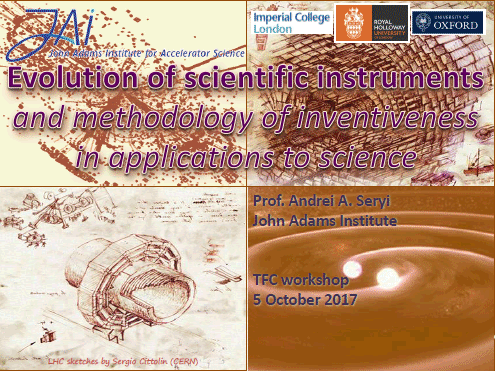
1. Introduction
2017 Nobel Prize in Physics
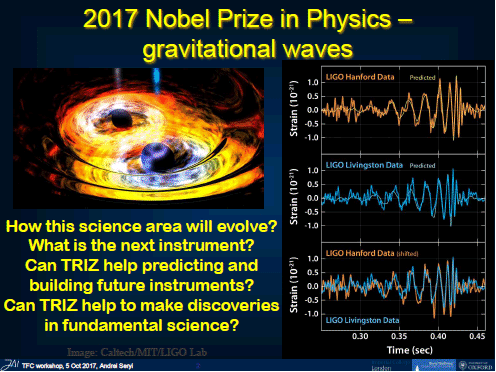
What drives scientific revolution? -- Tool-driven science
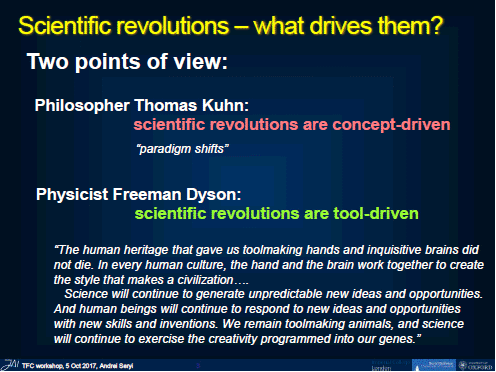
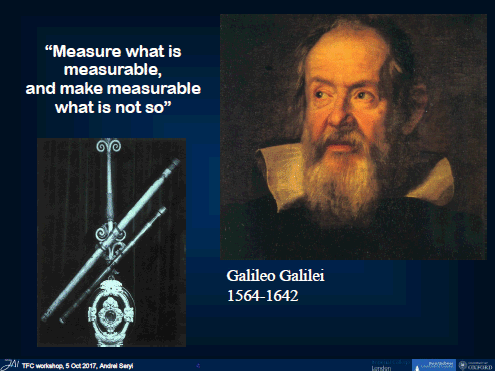
Prediction of future and science -- Be careful!

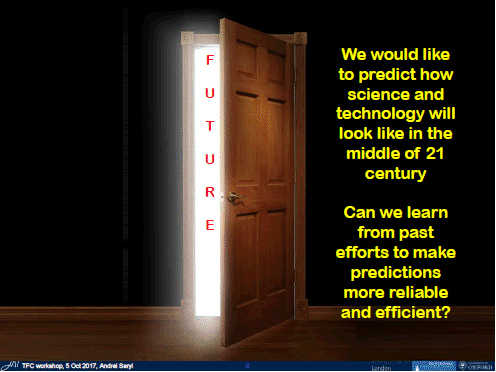
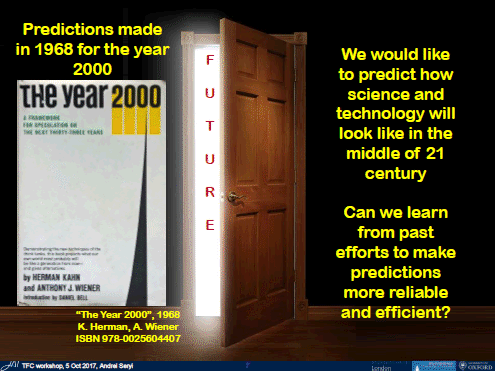
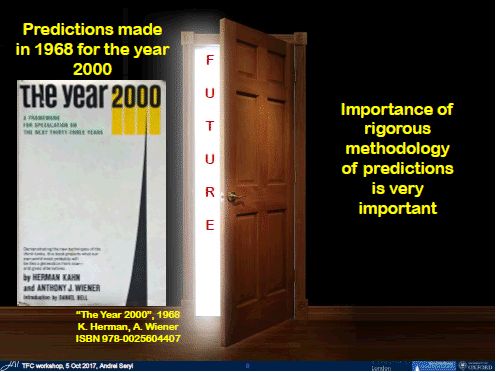
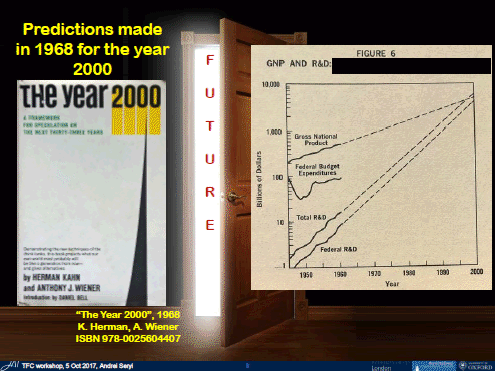
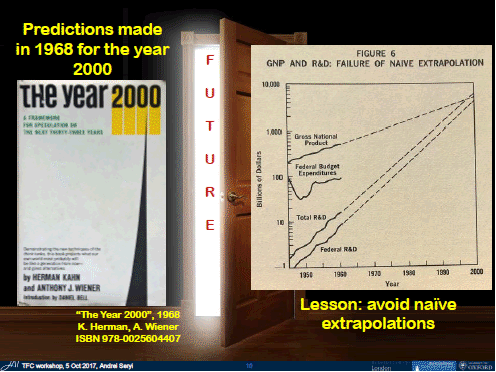
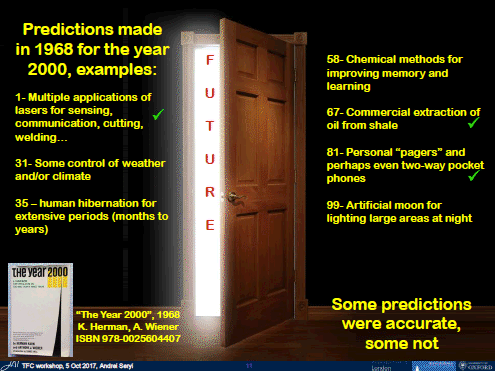
Prediction of future and science --Needs methodology
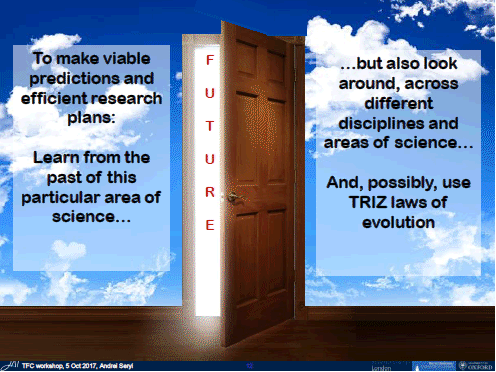
2. Evolution of scientific instruments --Can we see some patterns and principles of evolution?
Motives to look at scientific instruments from an angle of TRIZ.
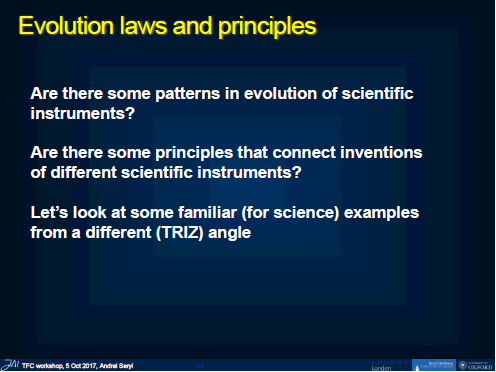
Two scientific instruments for high-energy physics
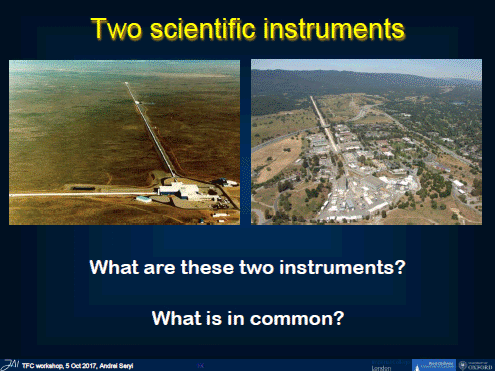
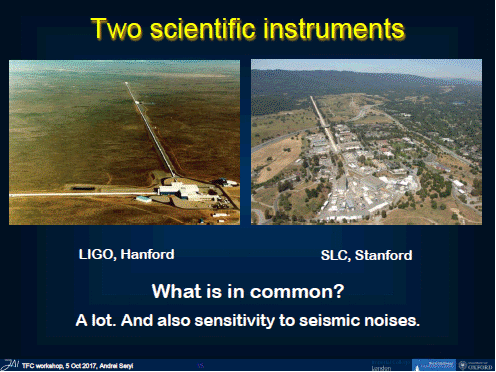
Stanford e+e- Linear Collider (SLC)
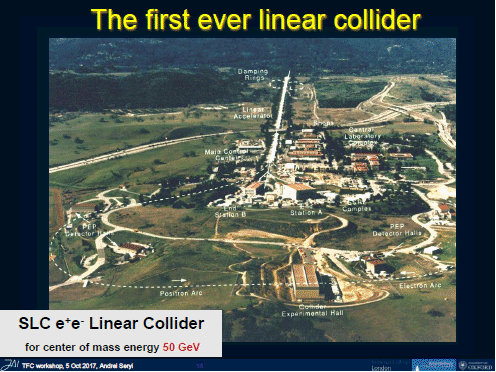
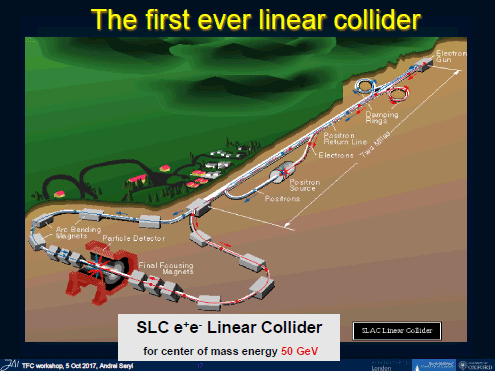
LIGO (Laser Interferometer Gravitational-Wave Observatory) -- Requirements for extremely-high sensitivity
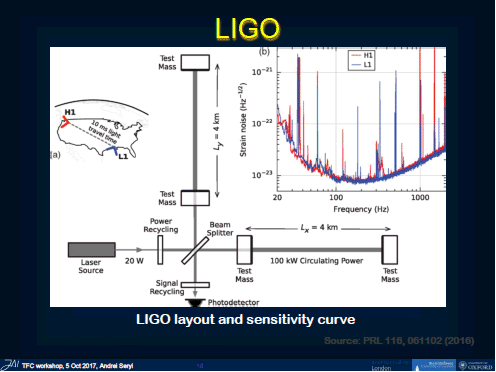
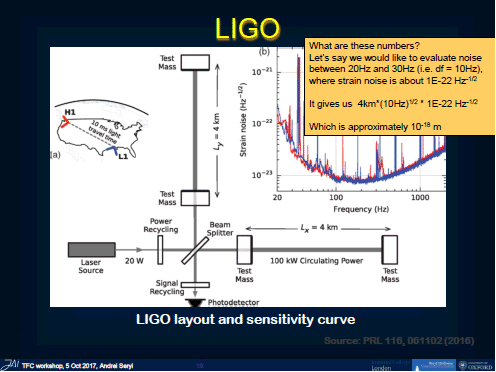
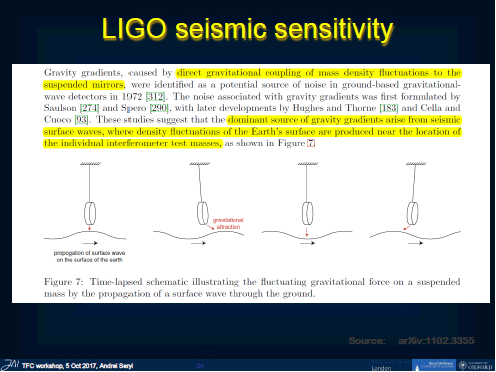
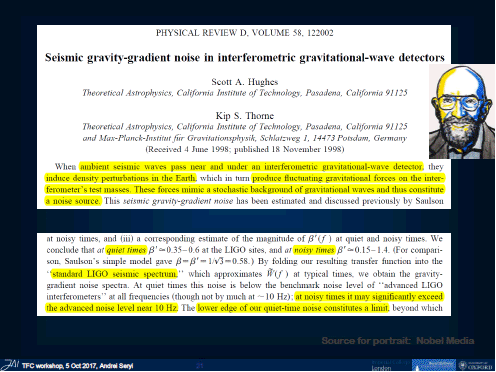
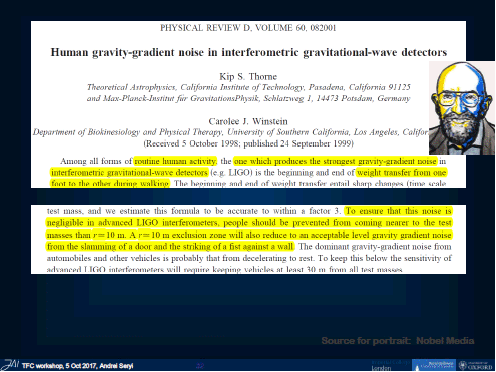
Requirements for extremely-high stability and sensitivity
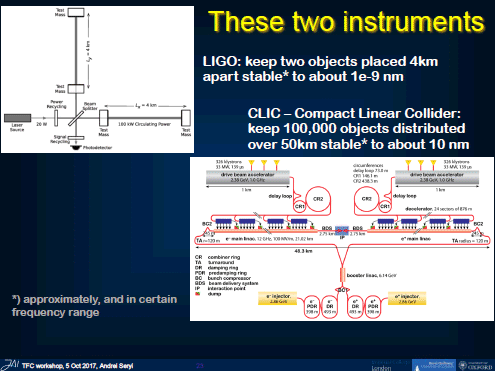
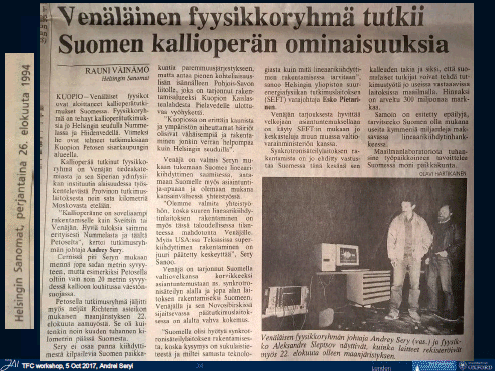
"Nested dolls" (or Nesting) principle for achieving CLIC stability and LIGO sensitivity
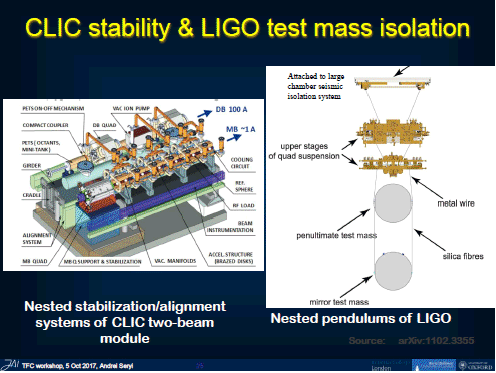
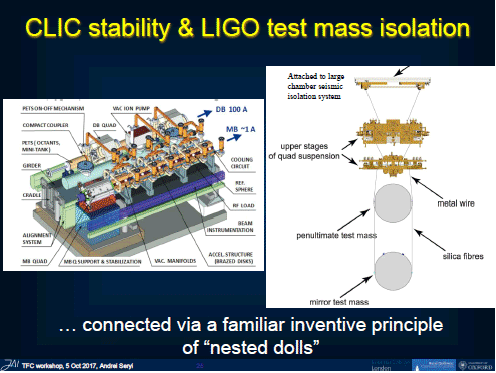
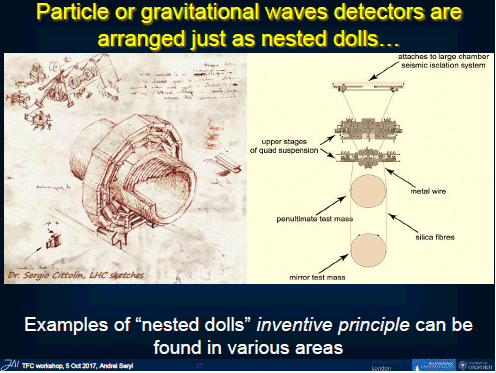
"Nested dolls" principle appearing in poetry and science-fiction poetry

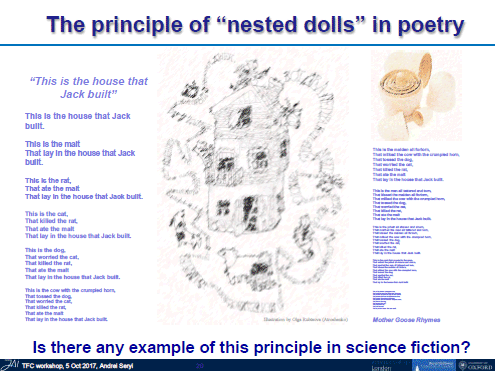
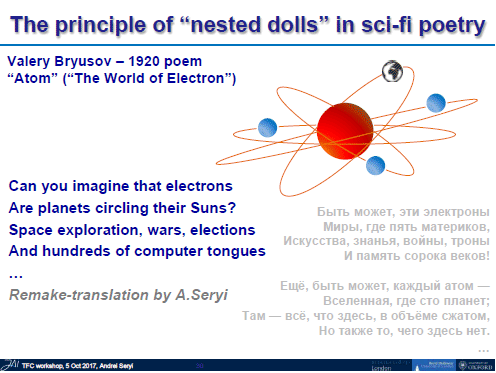
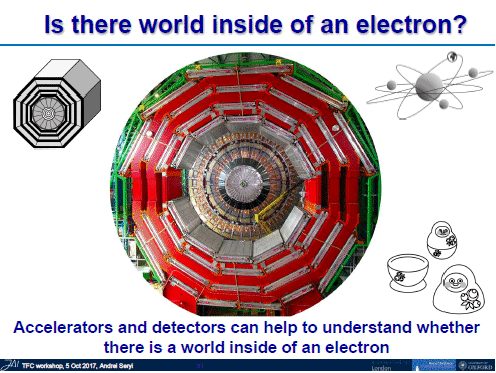
3. Accelerators for Science and Society
Position of accelerators in science and society
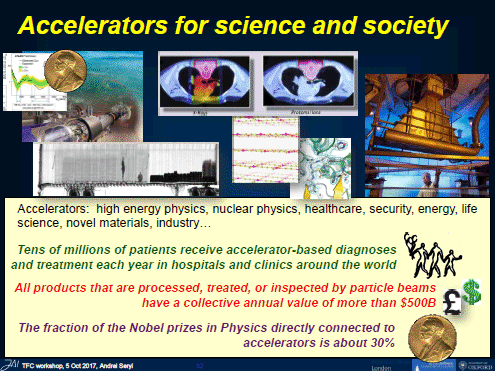
Cloud chamber and Bubble chamber -- An example of system and anti-system
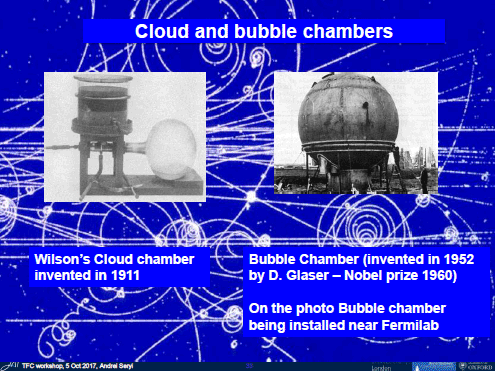
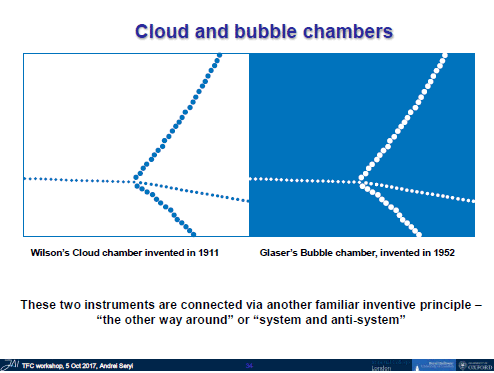
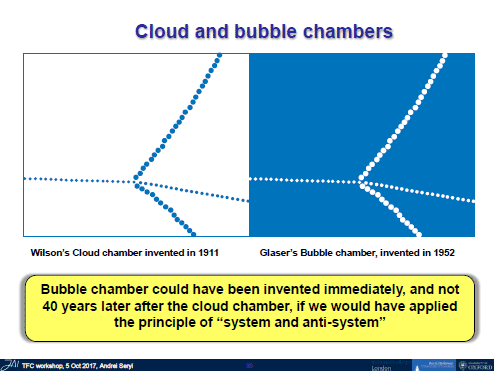
Focusing in accelerators -- Another example of system and anti-system
Weak focusing accelerator
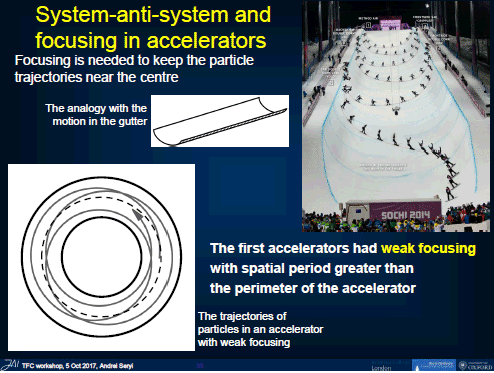
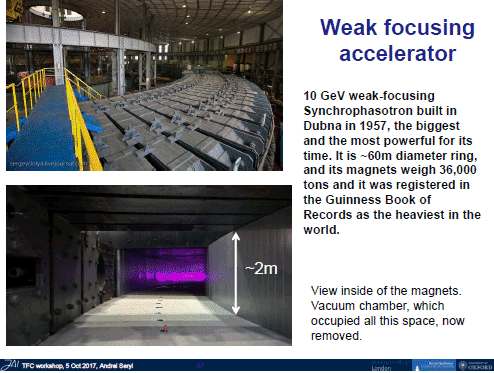
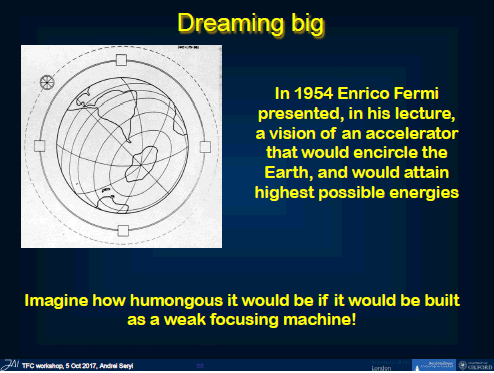
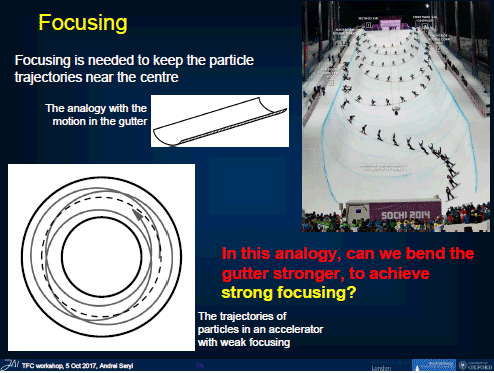
Weak and strong focusing
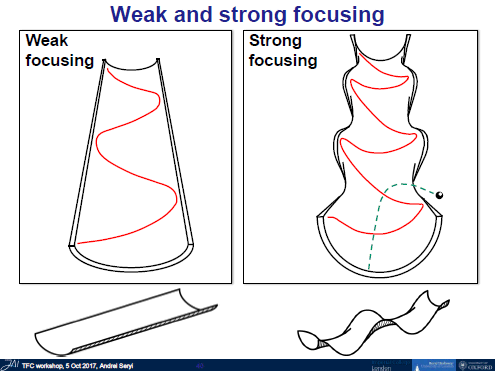
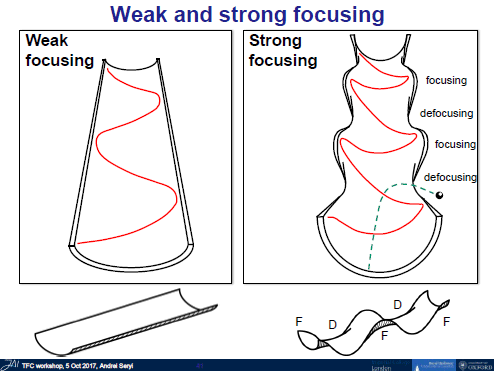
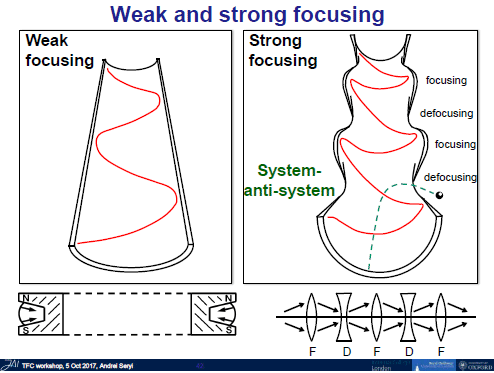
Strong focusing
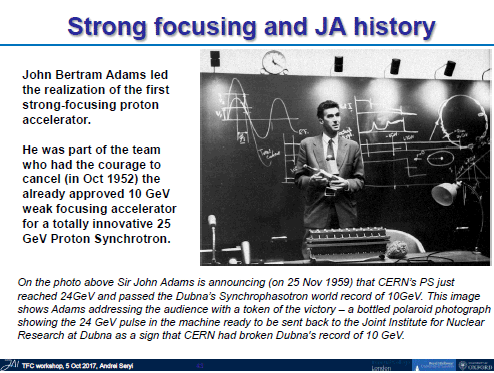
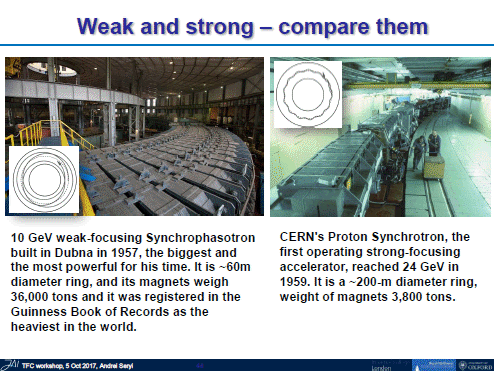
Stimulated Emission Depletion Microscopy (STED) (Chemistry Nobel Prize 2014) -- An example of 'Nested dolls' and 'system and anti-system'
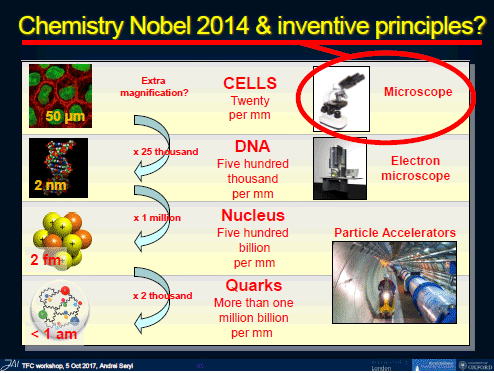
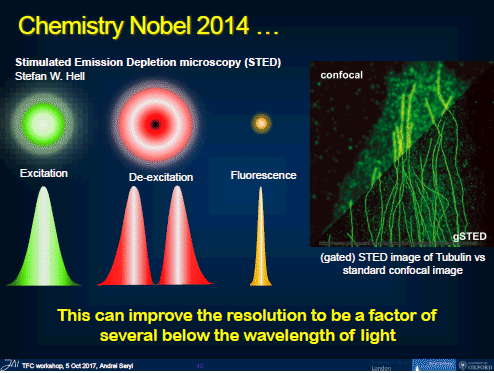
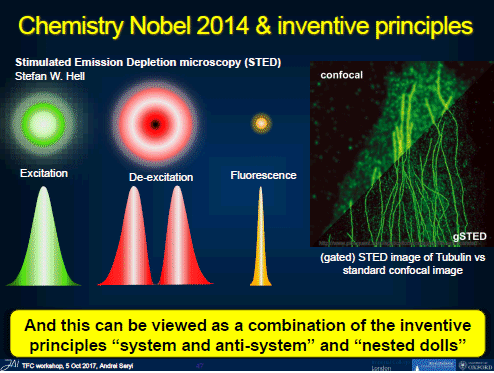
Interaction region of linear collider -- Cancelling its external field (another example of 'Nested dolls' and 'system and anti-system')
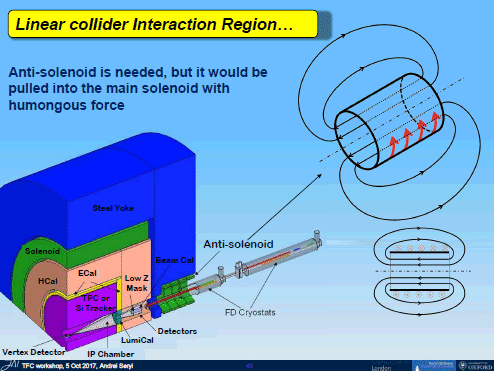
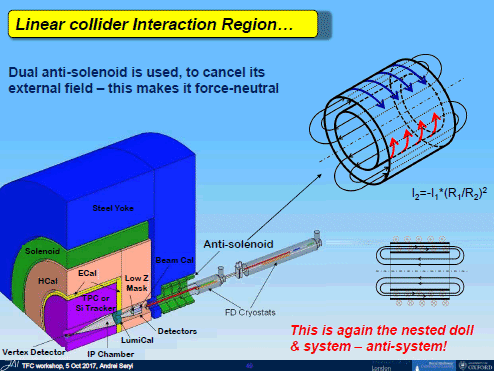
4. How to invent --- TRIZ (Theory of Inventive Problem Solving)
Brief introduction to TRIZ
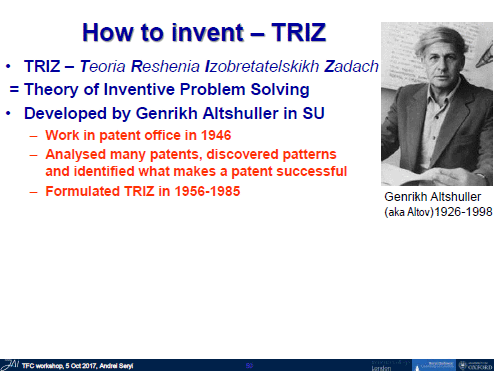
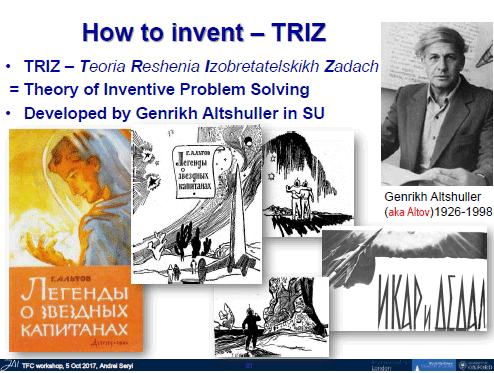
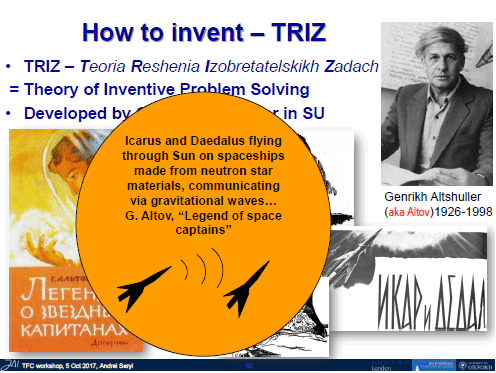
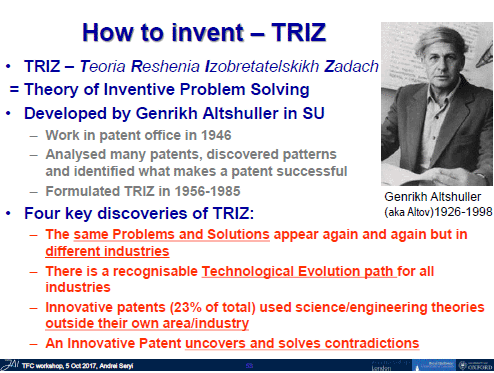
Can TRIZ be used in science? -- Yes, very successfully, but some comments:
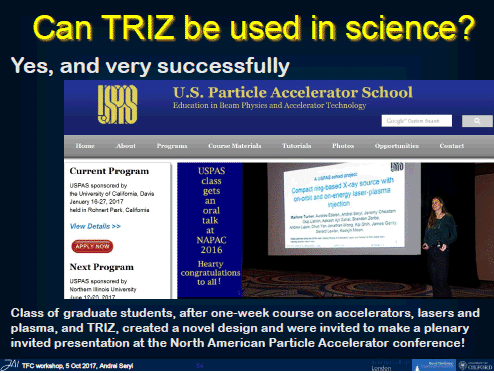
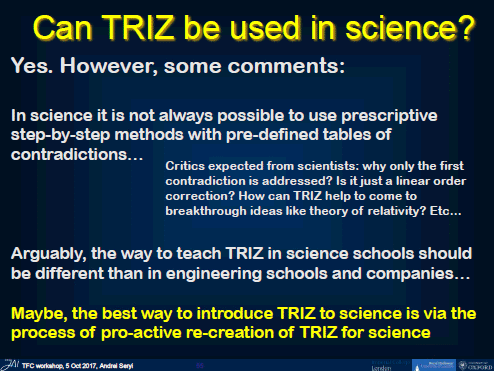
TRIZ for science -- A book as a trial of creating TRIZ for science
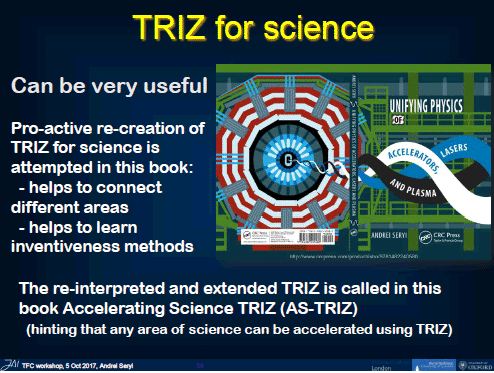
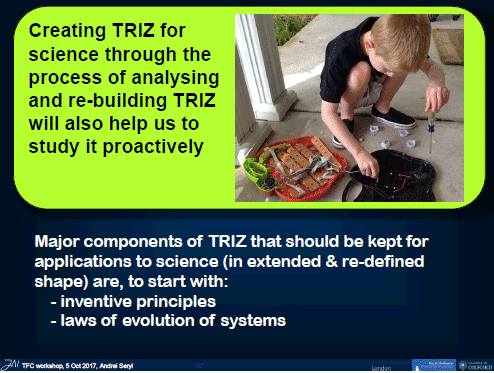
5. 40 Inventive Principles of TRIZ -- Illustrative examples in accelerator science
Brief introduction
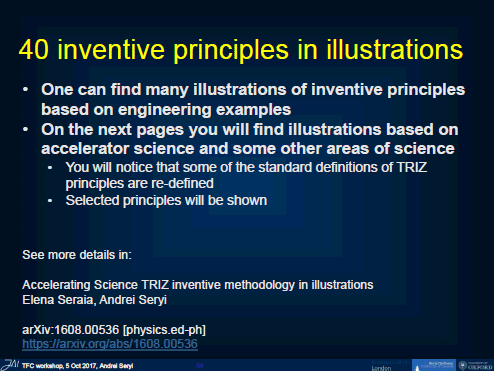
IP 1. Segmentation -- In multi-leaf steel collimator
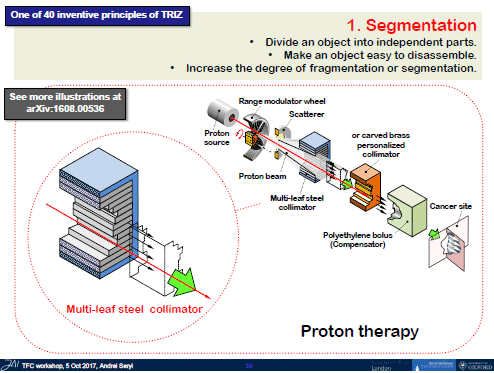
IP 3. Local quality -- In Nb coated copper cavity
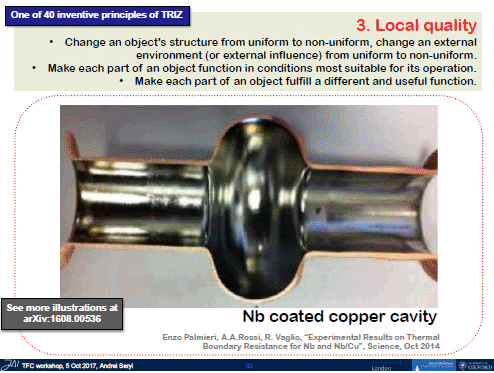
IP 8. Anti-force (<= Anti-weight) -- Heating of plasma with neutral beams
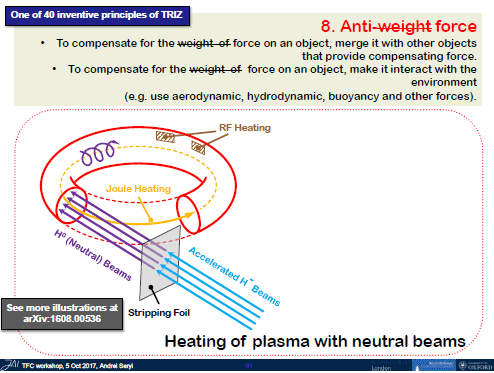
IP 18. Oscillations and resonances -- Stochastic cooling and optical stochastic cooling
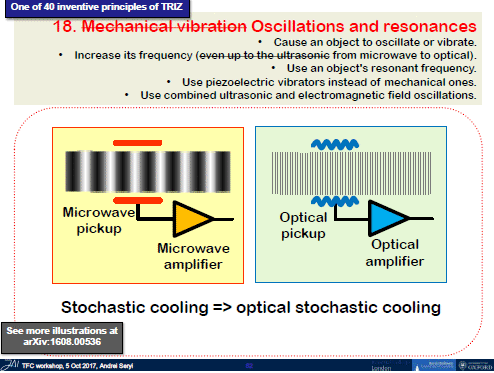
IP 20. Continuity of useful action -- Top off injection
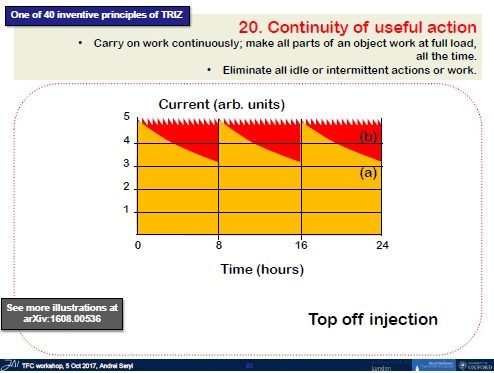
IP 21. Skipping -- Crossing transition energy with gamma-t jump technique
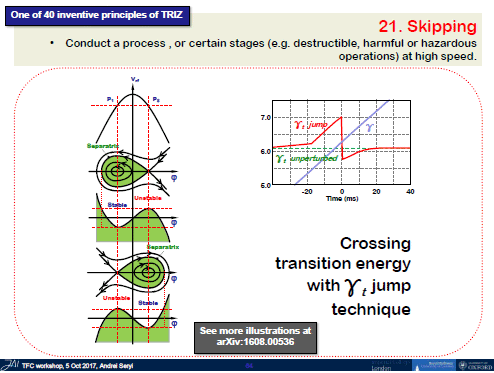
IP 26. Copying -- Synchrotron radiation profile monitor
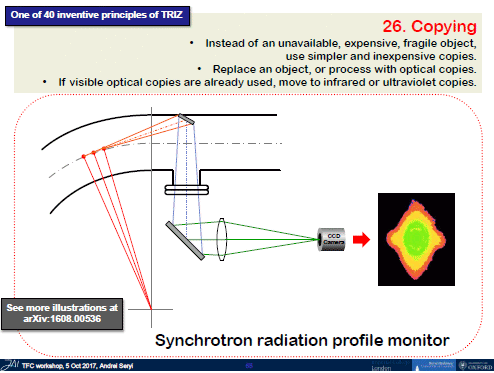
IP 34. Discarding and recovering -- Semiconductor saturable absorber mirror (SESAM)
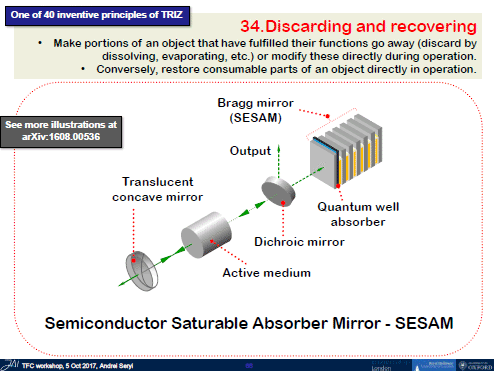
IP 35. Parameter changes -- Useful very widely and in its deep meaning
Parameter change of the ratio volume/surface area

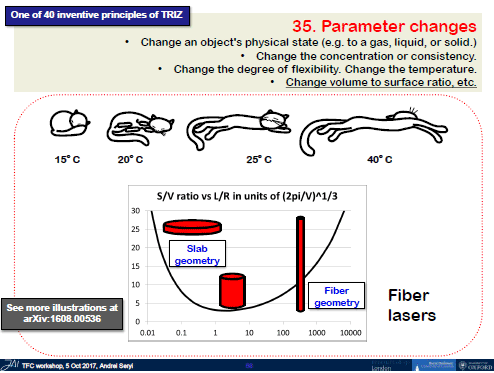
Parameter change of V/S may remind of fundamental symmetries in physics, i.e. Gauss divergence theorem
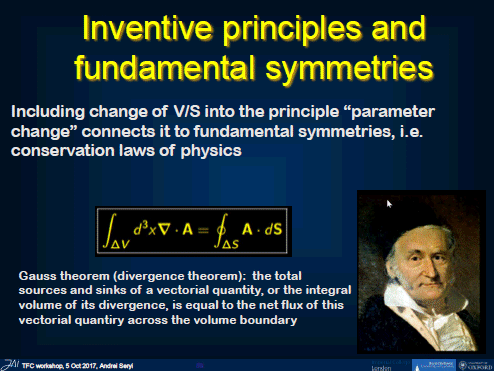
Parameter changes may include change of the reference frame
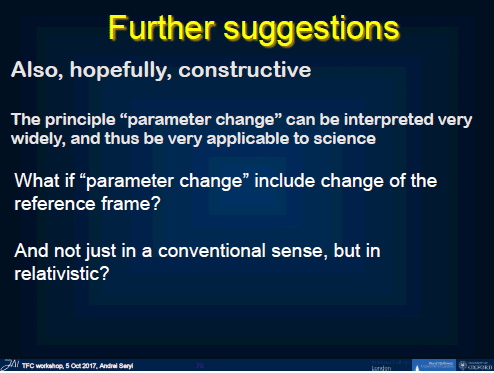
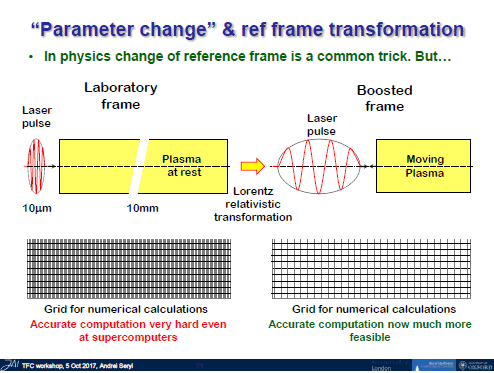
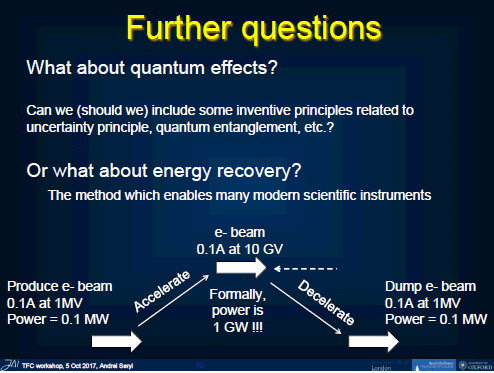
6. Colliders and Principles of TRIZ
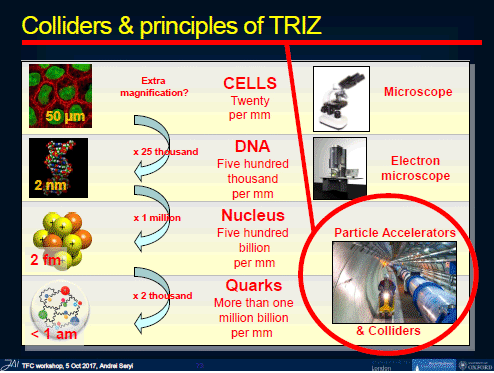
Nobel prize in physics 2013: Discovery of Higgs boson -- Higgs and superconductivity (The same problems and solutions)
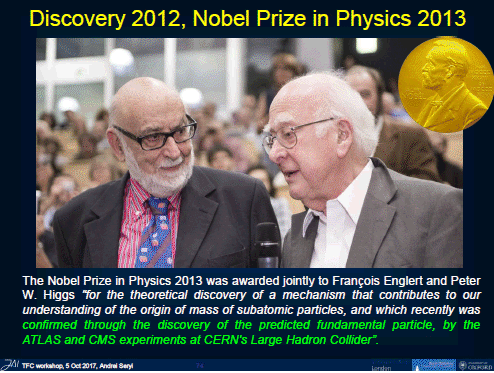
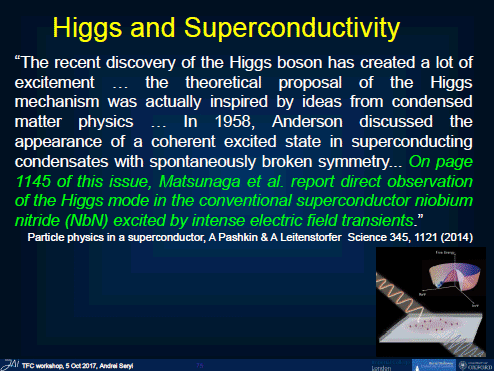
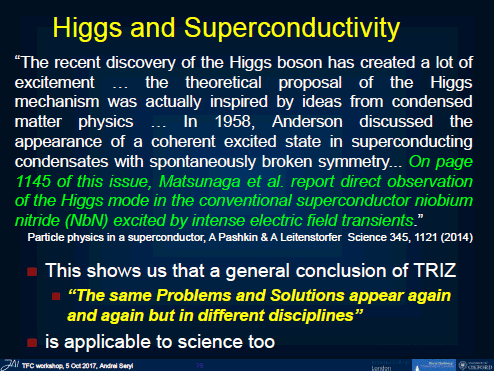
Evolution of accelerators -- A rough overview
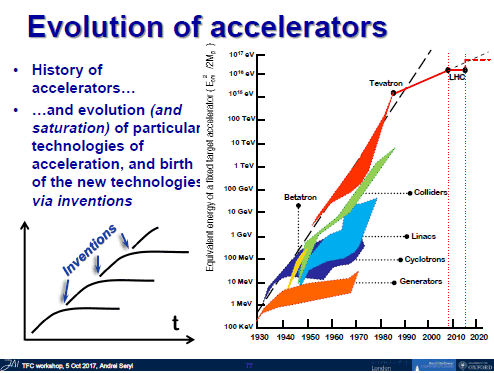
The art of estimations -- Missing important techniques in inventing scientific instruments
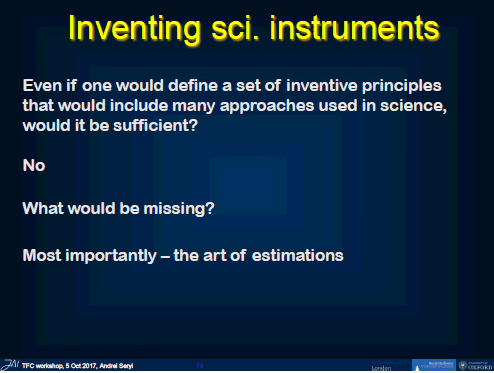
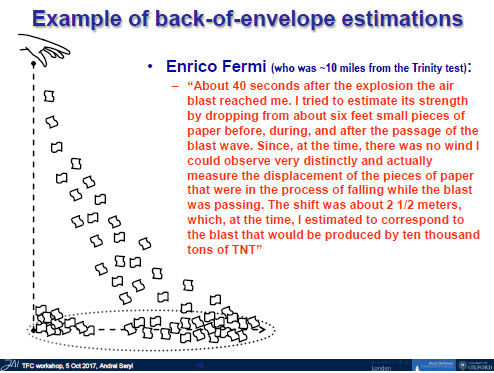
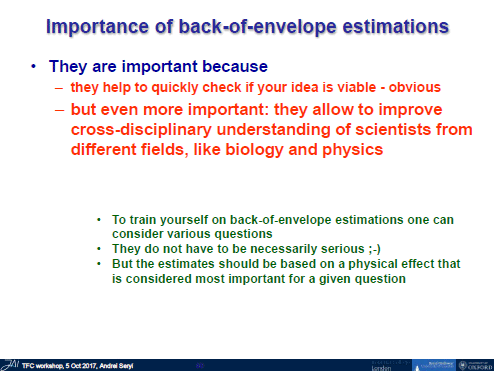
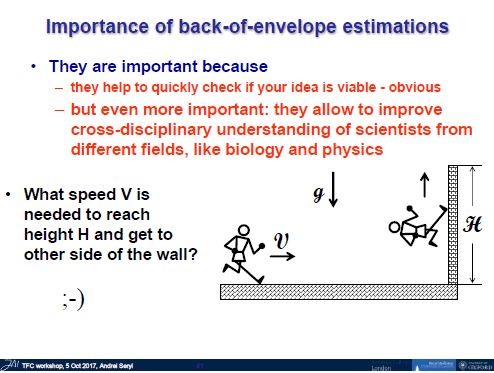
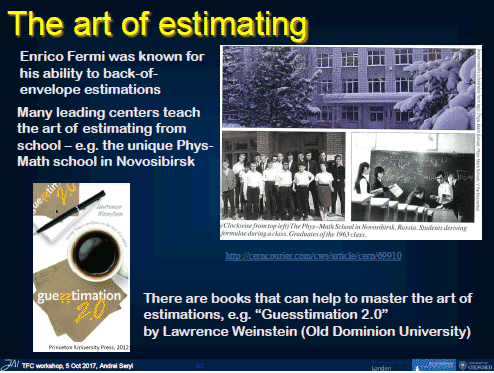
Evolution of accelerators -- Consider the costs with the increased size of instruments
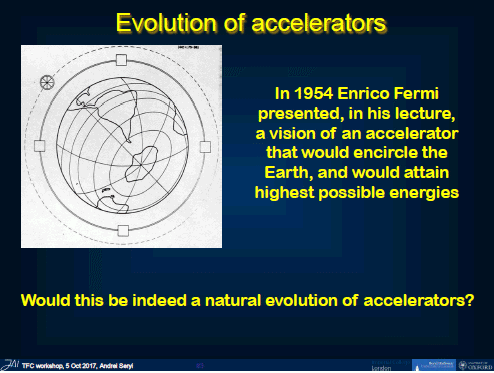
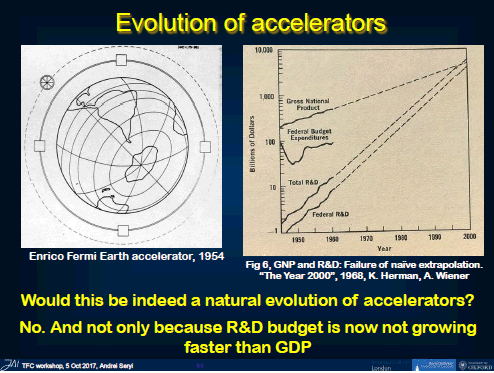
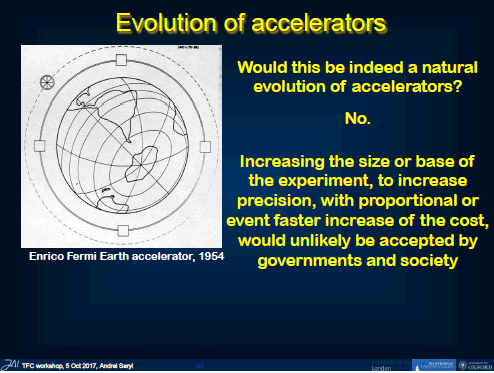
Evolution of neutrino experiments
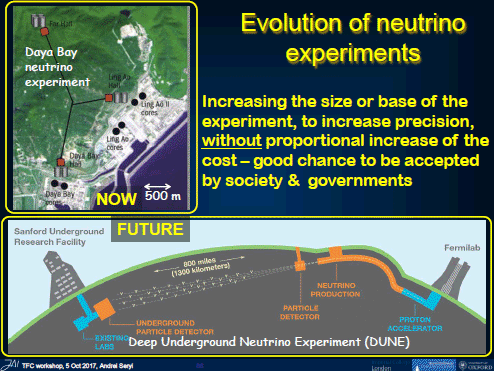
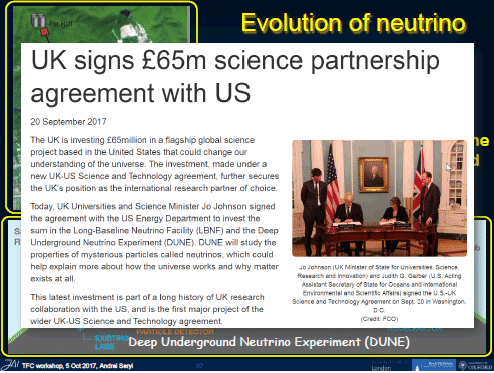
Evolution of gravitational wave detectors
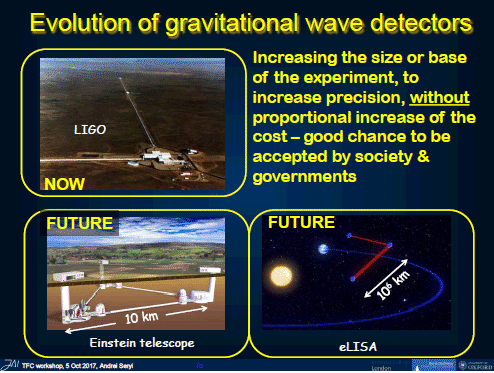
Can next big conventional collider be built?
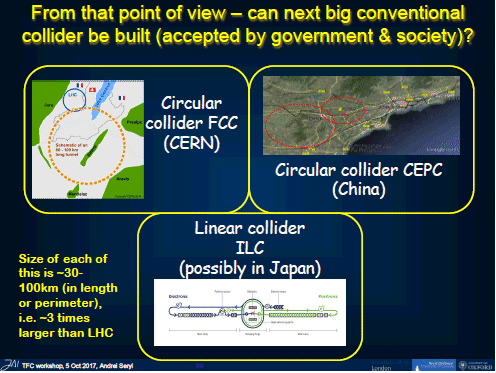

Can the next collider be based on plasma acceleration? -- IP 27. Cheap short-living objects
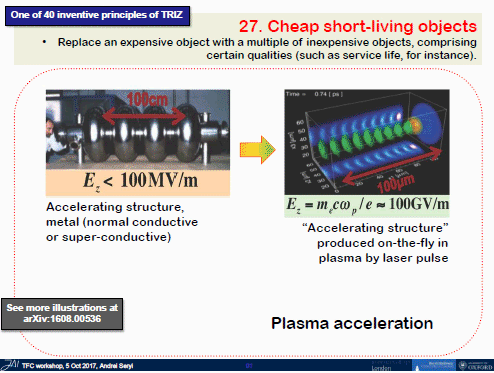
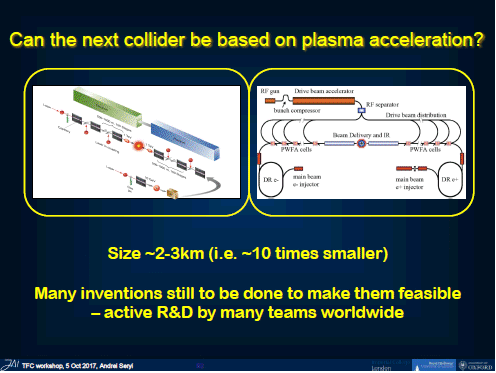
7. Further evolution of light sources
Metric for evaluating the importance of different directions of research -- Fundamental knowledge vs usefulness
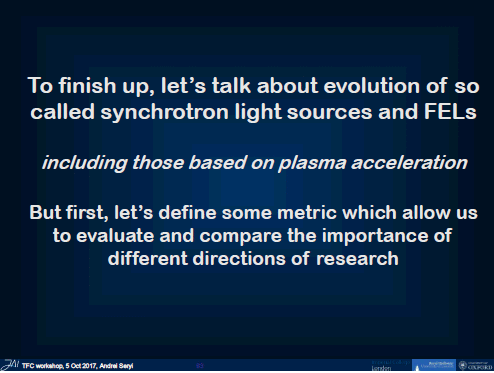
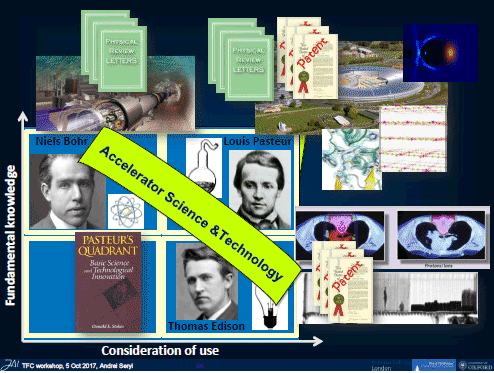
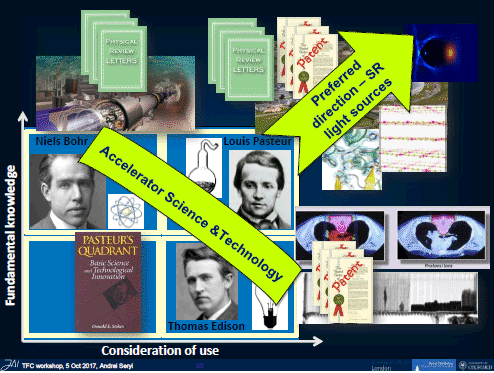
Synchrotron radiation (SR) light sources -- Usefulness
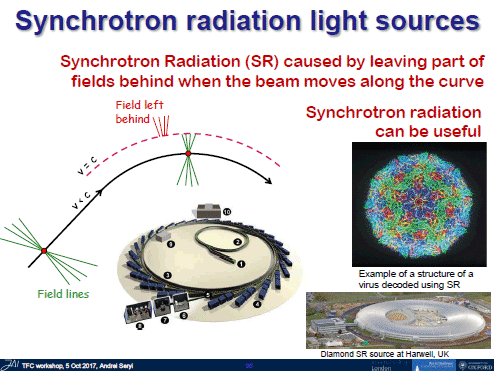
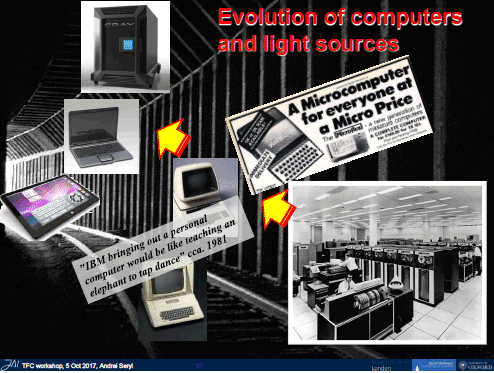
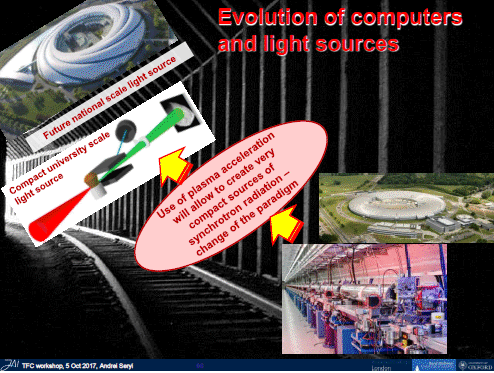
Imaging with laser-plasma accelerated beams
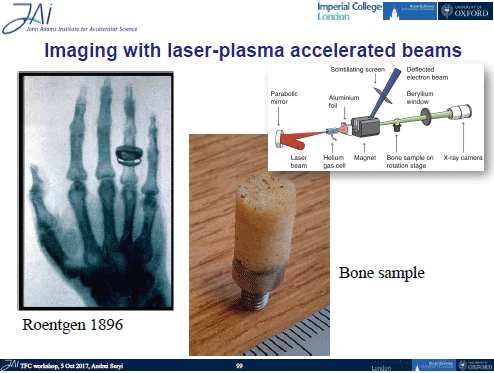
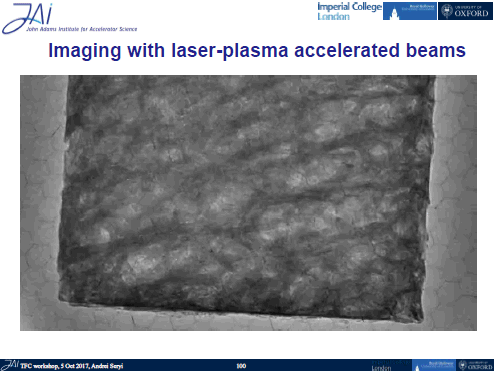
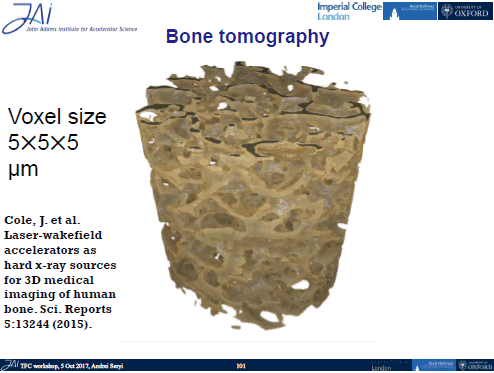
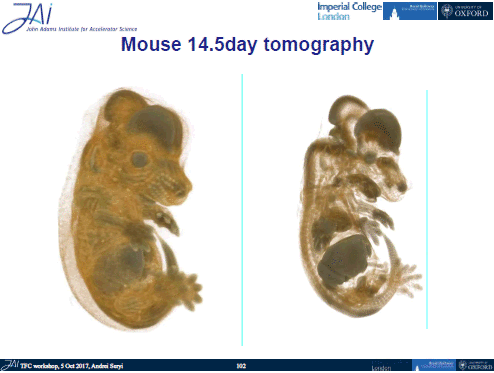
Coherent synchrotron radiation source (Free Electron Laser (FEL))
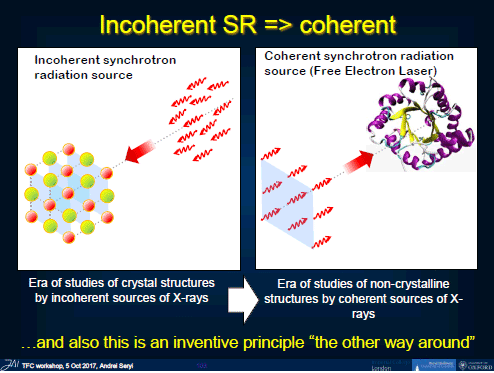
Further evolution of light sources -- TRIZ general laws of evolution (Transition to a super-system)
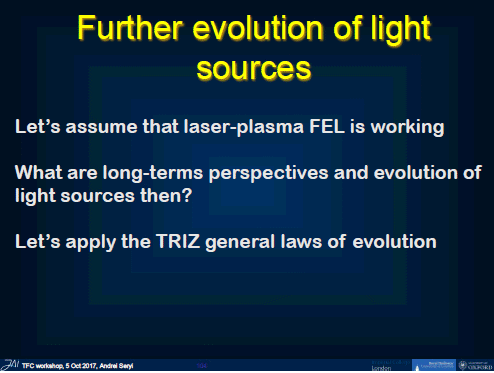
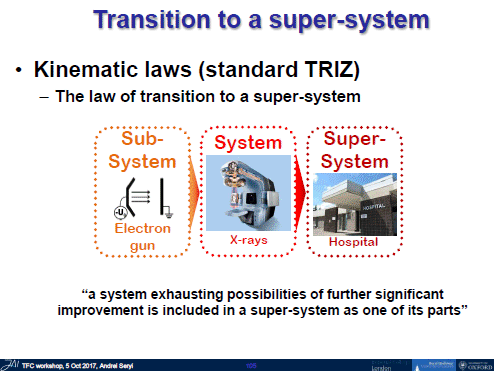
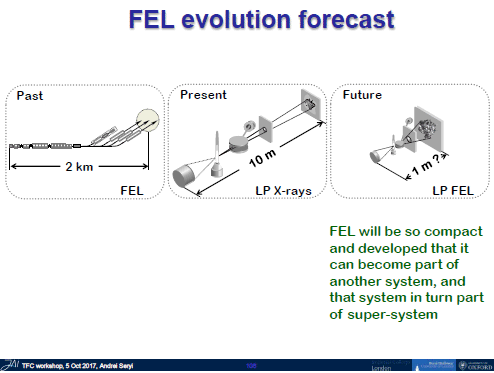
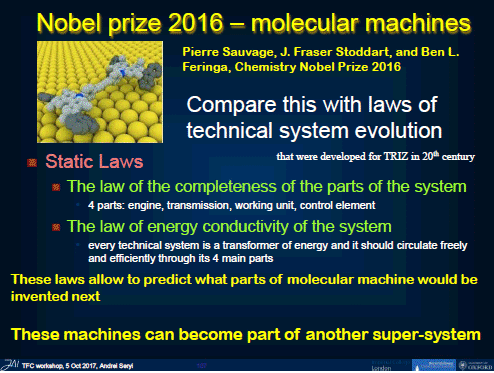
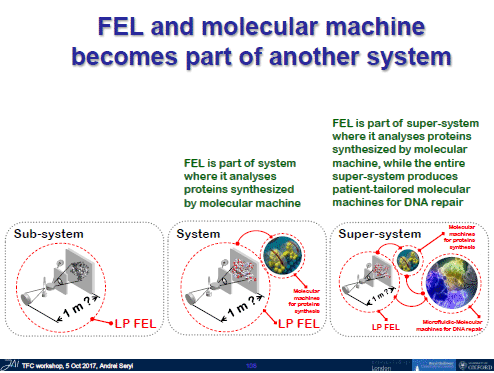
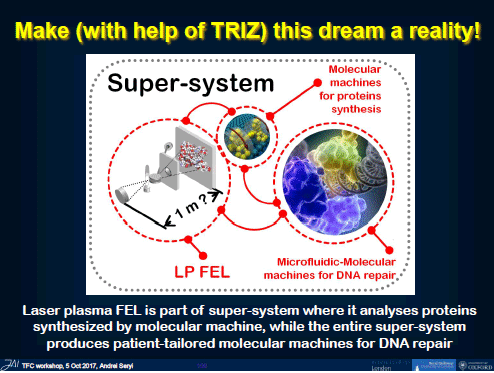
8. Conclusion -- TRIZ can be very useful for science
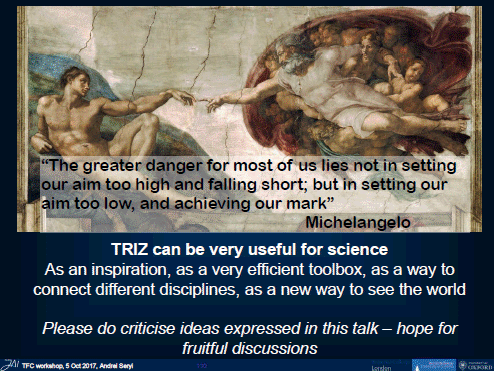
Last updated
on Oct. 17, 2017 Access point: Editor: nakagawa@ogu.ac.jp
Keynote: TRIZ for Science:













































































































